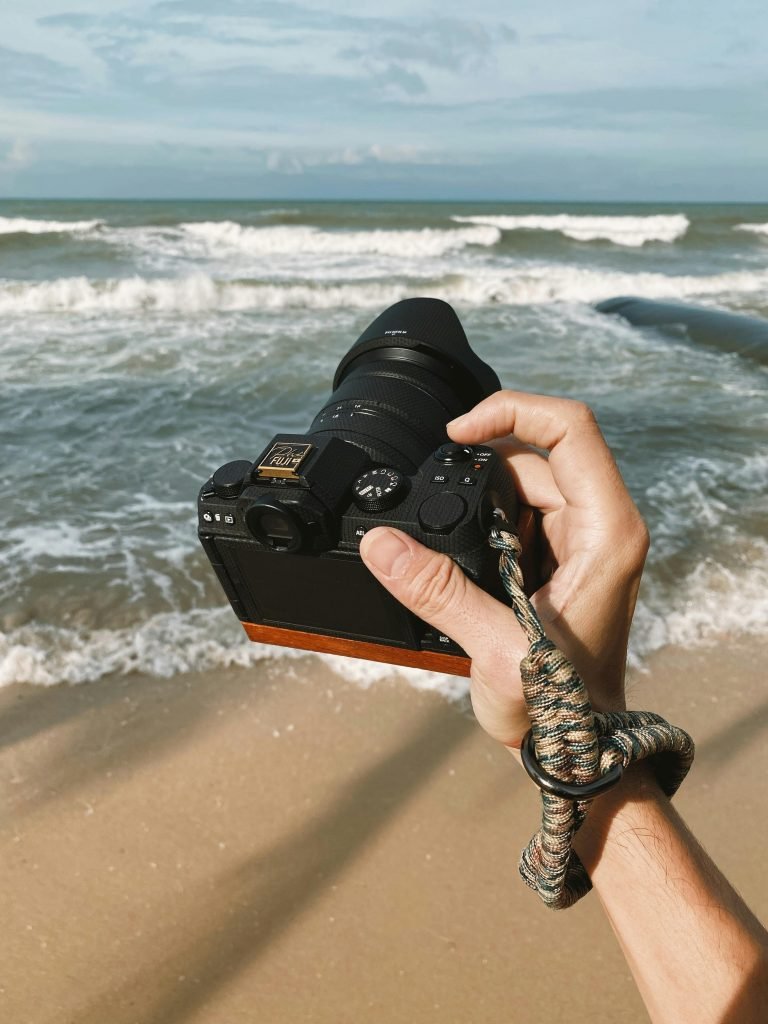Panography, the art of creating seamless panoramic images, is a technique that invites photographers to explore both realism and artistic experimentation. Whether capturing the majesty of landscapes or crafting abstract compositions, panography opens up a world of creative possibilities. In this blog, we’ll delve into the multifaceted potential of panography, offering insights into its techniques, applications, and how it can ignite your Panography Inspiration.
1. Capturing Landscapes with Panography
The Beauty of Wide-Angle Landscapes
Landscapes are the most natural fit for panography, where the expansive vistas of mountains, forests, oceans, and deserts can be showcased in stunning detail. By capturing multiple frames and stitching them together, photographers can highlight the breadth and grandeur of the environment.
Tips for Landscape Panographs
- Golden Hour Photography: Capture panoramas during sunrise or sunset for dramatic lighting and enhanced color tones.
- Foreground Elements: Incorporate trees, rocks, or other objects in the foreground to add depth and dimension.
- Use Wide-Angle Lenses: Maximize field of view while maintaining sharpness and clarity.
Using Drones for Aerial Landscapes
Drone-assisted panography adds another layer to landscape photography by providing unique aerial perspectives. From sweeping aerial views of rivers and valleys to capturing intricate patterns in farmland or urban sprawl, drones unlock the ability to see landscapes like never before.
2. Exploring Abstract Panography
What Is Abstract Panography?
Abstract panography challenges traditional ideas of photography by focusing on texture, shape, light, and motion rather than recognizable subjects. This experimental form allows photographers to create unique, thought-provoking visuals.
Techniques for Abstract Panographs
- Intentional Motion Blur: Use slower shutter speeds to introduce motion effects and dynamic lines.
- Light Manipulation: Play with reflections, shadows, or artificial lighting to create visually complex patterns.
- Fragmented Panography: Experiment with collage-style stitching, leaving visible edges or overlaps for artistic appeal.
Creative Examples of Abstract Panography
- Texture Play: Capture close-ups of fabrics, wood grains, or other textured surfaces and stitch them into a broader composition.
- Surreal Landscapes: Combine elements from multiple locations to create fantastical panoramic scenes.
- Geometric Patterns: Use architectural features or natural formations to craft intricate designs.
3. The Intersection of Realism and Art in Panography
Blending Techniques
Many photographers find inspiration by combining realistic panoramas with abstract elements. For instance, a landscape panorama might feature blurred motion in water or experimental lighting effects in the sky.
Why It Works
- Narrative Depth: The mix of realism and abstraction enhances the story behind the image.
- Visual Impact: The contrast between sharp details and experimental patterns draws the viewer’s attention.
4. Finding Panography Inspiration
Explore Nature and Cities
Nature and urban environments are rich sources of inspiration for panography. Seek out locations with layers, textures, and contrast to create compelling panoramic images.
Learn from Other Artists
Studying the work of accomplished photographers can inspire your next panography project. Platforms like Instagram and Behance showcase creative panoramic techniques and compositions.
Experiment Without Limits
Step outside your comfort zone by trying new equipment, techniques, or subjects. Creativity flourishes when you push boundaries, and panography offers infinite opportunities to explore.
Challenges in Panography
While panography offers vast creative potential, it also comes with technical and logistical challenges:
- Alignment: Ensuring images stitch seamlessly requires precision.
- Lighting: Managing consistent lighting across multiple frames can be tricky.
- Time Investment: Creating a perfect panorama involves post-processing and patience.
Conclusion: Unlocking the Full Potential of Panography
Panography is an endlessly versatile technique that transforms photography into a dynamic art form. Whether you’re capturing expansive landscapes or crafting intricate abstracts, panography invites you to explore new perspectives and storytelling approaches. By mastering its tools and techniques, experimenting with creative ideas, and finding inspiration in both realism and abstraction, you’ll unlock the true potential of panoramic photography. Let Panography Inspiration guide your journey as you create visuals that captivate, challenge, and amaze.


